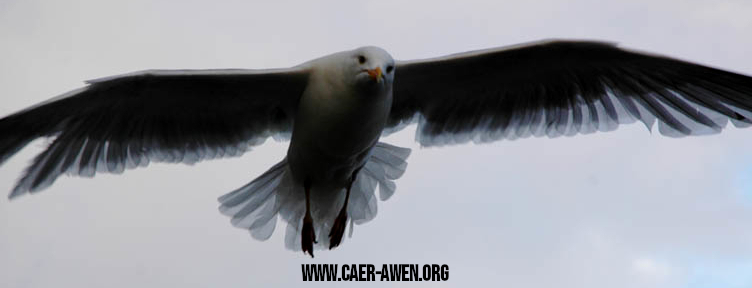These are #photographs of the very famous Stonehenge Monument at Salisbury Plain in England on 28 April 2004. The galleries here include a selection of colour edited images along with the curated camera proofs that show the stones configuration in 2004.
Above: A CADT Photomontage on video!
We've included many of the Camera Proofs because they have very interesting Crows or Ravens in them which add life and vigor to what are now untouchable by the public. James' first visit to Stonehenge was in 1990 when one could indeed touch the stones. The two images on this page are scans from print photographs from that first visit!
Whether, or not, these Standing Stones have been renovated, remodeled or are part of a staged history presented by the Historical Society's Industrial Complex, is not something we're putting forth an opinion on here!
But it is interesting to note at the very least this view from the New Scientist who state:
"Most of the one million visitors who visit Stonehenge on Salisbury Plain every year believe they are looking at untouched 4,000-year-old remains. But virtually every stone was re-erected, straightened or embedded in concrete between 1901 and 1964, says a British doctoral student.
“What we have been looking at is a 20th-century landscape, reminiscent of what Stonehenge might have looked like thousands of years ago,” says Brian Edwards, a student at the University of the West of England in Bristol.
Stonehenge isn’t the only ancient site to have been transformed in recent years, he says. “Even many of the local people in Avebury weren’t aware that a lot of the stones were put up in the 1930s,” he told New Scientist.
Above and Below: These photographs are a selection of colour edited images.
Above and Below: These photographs are a curated set of camera proofs that include many previously unpublished images.
Stonehenge is a prehistoric megalithic structure on Salisbury Plain in Wiltshire, England, two miles (3 km) west of Amesbury. It consists of an outer ring of vertical sarsen standing stones, each around 13 feet (4.0 m) high, seven feet (2.1 m) wide, and weighing around 25 tons, topped by connecting horizontal lintel stones. Inside is a ring of smaller bluestones. Inside these are free-standing trilithons, two bulkier vertical sarsens joined by one lintel. The whole monument, now ruinous, is aligned towards the sunrise on the summer solstice and sunset on the winter solstice. The stones are set within earthworks in the middle of the densest complex of Neolithic and Bronze Age monuments in England, including several hundred tumuli (burial mounds).[2]
Archaeologists believe that Stonehenge was constructed in several phases from around 3100 BC to 1600 BC, with the circle of large sarsen stones placed between 2600 BC and 2400 BC. The surrounding circular earth bank and ditch, which constitute the earliest phase of the monument, have been dated to about 3100 BC. Radiocarbon dating suggests that the bluestones were given their current positions between 2400 and 2200 BC,[3] although they may have been at the site as early as 3000 BC.[4][5][6]
One of the most famous landmarks in the United Kingdom, Stonehenge is regarded as a British cultural icon.[7] It has been a legally protected scheduled monument since 1882,[1] when legislation to protect historic monuments was first successfully introduced in Britain. The site and its surroundings were added to UNESCO's list of World Heritage Sites in 1986. Stonehenge is owned by the Crown and managed by English Heritage; the surrounding land is owned by the National Trust.[8][9]
From Wikipedia
Keep Smiling and Thank you for your Visit! Please Buy us a Coffee to Support our Community Work or Contact Us to Arrange to purchase a Print Sized Image.














